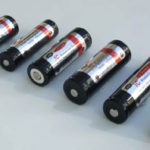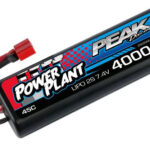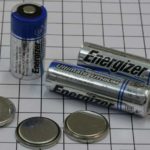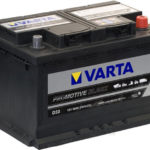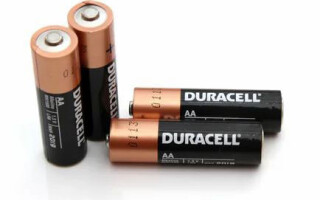Portable equipment of small power is often designed to be powered by small dry galvanic cells, not intended for recharging. In the home, such disposable chemical voltage sources are called batteries. AA and AAA size batteries are popular. These letters stand for the external format of the battery. The internal device can be completely different. Various types of batteries are available in this form factor, including rechargeable (rechargeable batteries).
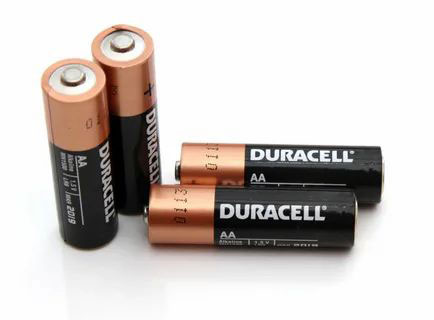
Contents
What is a battery?
The term "battery" is not quite correct. A battery is a power source made up of several elements. So, a complete battery can be called a cell 3R12 (3LR12) - "square battery" (336 in the Soviet classification) - consisting of three cells. Also the battery consists of six cells of the cell 6R61 (6LR61) - "Crone", "Corundum". But the name "battery" also applies in the home to single-cell chemical power sources, including AA and AAA sizes. In English terminology, a single cell is called a Cell, and a battery of two or more voltage sources is called a Battery.
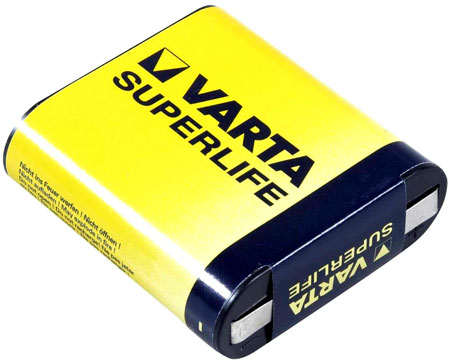
Such cells are hermetically sealed cylindrical containers. They are used to convert chemical energy into electrical energy.. The reagents (oxidizer and reducing agent) which create the EMF are placed in a beaker made of zinc or steel. The bottom of the beaker serves as the negative terminal. Previously, the entire outer surface of the beaker was exposed to the negative pole, but this route caused frequent short circuits. In addition, the surface of the cylinder was corroded, reducing the life and shelf life of the cell. In today's batteries, a coating is applied to the outside to protect against corrosion and to serve as short-circuit insulation. The current collector of the positive pole is a graphite rod, which leads to the outside.
Types of batteries
Batteries are classified into categories according to different criteria. The main one should recognize the chemical composition - the technology of obtaining EMF. For practical applications, there are several other different characteristics.
According to chemical composition
The potential difference at the poles of galvanic cells is created by a chemical reaction between substances in the electrolyte solution and stops when the ingredients have fully reacted. The necessary processes can be achieved in various ways. According to this criterion, batteries are divided into:
- Saline batteries. The traditional type of battery, invented about 100 years ago. The reaction between zinc and manganese dioxide takes place in the environment of the electrolyte - a thickened solution of ammonium salt. Along with low weight and low price, these cells have a number of significant drawbacks:
- low loading capacity;
- tendency to self-discharge during storage;
- poor performance at low temperatures.
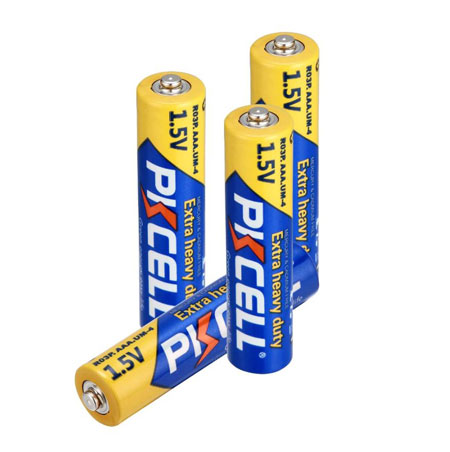
The technology of production is considered outdated, so such cells have been superseded by newer types on the galvanic cell market.
- Alkaline (alkaline) cells are considered to be more modern. They are constructed the same way, but the electrolyte is a solution of alkali (potassium hydroxide). These batteries have advantages over alkaline batteries:
- higher capacity and load capacity;
- low self-discharge current, resulting in a long shelf life;
- good performance at low temperatures.

For this you have to pay with more weight and higher price.
- The most advanced cells at the moment are lithium batteries (not to be confused with lithium batteries!). They use lithium as a "plus" reagent lithiumThe minus one can be different. Different liquids are also used as the electrolyte. This technology makes it possible to obtain cells that have advantages:
- low weight (less than other types);
- long shelf life due to very low self-discharge;
- increased capacity and load capacity.
On the other side of the scale is the high cost.
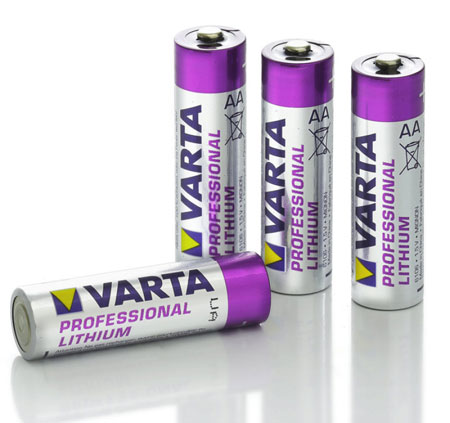
These three technologies are used to produce AA and AAA-size cells. Two other types of batteries are also worth mentioning:
- mercury;
- silver cells.
These technologies are mainly used to manufacture disc-type batteries. These cells have advantages and disadvantages, but the days of mercury batteries are numbered - international agreements assume a decrease in production and a complete ban on production in the coming years.
By size
The size (or rather, volume) of the battery clearly determines its electrical capacity (within technology) - the more reagents can be placed inside the cylinder, the longer the reaction. The capacity of a AA-size saline battery will be larger than that of a AAA-size salt cell. There are other form factors of finger size batteries available:
- A (larger than AA);
- AAAA (smaller than AAA);
- C - medium length and increased thickness;
- D - increased length and thickness.
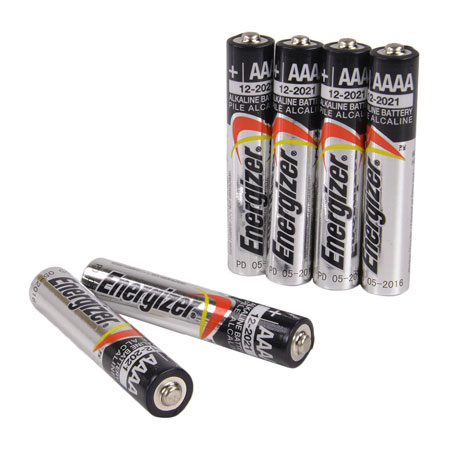
These types of cells are not as popular; their range of applications is limited. Both types are only available in alkaline and saline technology.
By Voltage Rating
The rated voltage of a single-cell battery is determined by the chemical composition. Single alkaline, saline galvanic cells deliver 1.5 volts at idle. Lithium batteries are available in both 1.5V (for compatibility with other types) and higher voltages (up to 3V). But in the considered sizes you can buy only 1.5 volt cells - to avoid confusion.
New batteries have a voltage under rated load close to this value. The more the chemical source is discharged, the more the output voltage sags under load.
Cells can be assembled into batteries. Then the output voltage becomes a multiple of the voltage of one cell. For example, a 6R61 ("Krona") battery contains 6 half-volt cells. They produce a total voltage of 9 volts. The size of each cell is small and the capacity of such a battery is low.
What batteries are called "Finger and Little Match batteries"?
Both of these sizes of galvanic cells belong to the class of finger cell batteries. This technical term has been used since Soviet times to refer to batteries of this shape. In the USSR, there were single-cell salt cells "Uranium M" (316) and alkaline cells "Kvant" (A316), corresponding to the current AA type. There were also other cylindrical shaped finger cells of other sizes and proportions.
In the 1990s, the term "pinky" batteries was coined by market vendors to distinguish AAA cells from other form factors. This name became widespread in the home. But to use it in technical materials is at least unprofessional.
The main technical characteristics of AA and AAA batteries
The main difference between AA and AAA form-factor finger batteries is the size. And it, as already mentioned, determines the capacity.
| Size | Length, mm | Diameter, mm | Electric capacity, mA⋅h | ||
|---|---|---|---|---|---|
| Lithium | Salt | Alkaline | Lithium | ||
| AA | 50 | 14 | 1000 | 1500 | up to 3000 |
| AAA | 44 | 10 | 550 | 750 | 1250 |
Remember that the electrical capacity depends on the discharge current, and its nominal value for any type of cell does not exceed a few tens of milliamps. At currents above 100 mA the capacity of the battery will be much lower. This means that a 1000 mA⋅h cell with a 10 mA discharge current will last about 100 hours. But if the discharge current is 200 mA, the charge will run out much earlier than 5 hours. The capacity will be reduced by several times. Also the electrical capacity of any cell will decrease with decreasing temperature.
Depending on the size and technology batteries have a different weight, although this characteristic is rarely decisive - the weight of the equipment in most cases is much greater than the weight of a few batteries. More often than not, you need to know this for the purposes of storing and transporting galvanic cells.
| Size | Weight, g | ||
|---|---|---|---|
| Salts | Alkaline | Lithium | |
| AA | up to 15 | up to 25 | up to 15 |
| AAA | 7-9 | 11-14 | up to 10 |
The weight of the batteries varies, depending not only on the technology of manufacture, but also on how the glass is produced. It can be metal and plastic coated or fully polymer coated. With three power elements you can gain at best 30 grams of weight. This is hardly a decisive criterion for the choice.
Storage life is determined by self-discharge current and cell capacity. The self-discharge depends on the technology, the capacity - on the form factor. But in practice, the second characteristic contributes less to charge leakage during storage. At least that is what manufacturers assure, indicating approximately the same shelf life for AA and AAA cells. Storage time is also affected by temperature, as storage time decreases as temperature increases.
| Size | Shelf life, years | ||
|---|---|---|---|
| Salts | Alkaline | Lithium | |
| АА, ААА | up to 3 | up to 5 | 12-15 |
There is another problem for salt cells. Batteries of low quality may have a leakage of electrolyte. Therefore, the real shelf life in this case will be even shorter.
Power sources can be operated under different conditions, including temperature. And the suitability of galvanic cells will be different - also depending on the manufacturing technology. It has been mentioned that saline batteries do not work well at temperatures below freezing. Lithium batteries, despite all their advantages, have an upper limit of +55 ° C (the lower limit - to minus 40 (usually to minus 20), depending on the manufacturer.) Alkaline ones have a wide range - approximately from minus 30 to +60 ° C and are the most universal in this regard.
To summarize, it should be noted that the AA and AAA family actually includes a large number of variations of galvanic cells. It is possible to choose a battery for a wide range of operating conditions and a wide range of costs.
Related articles:
